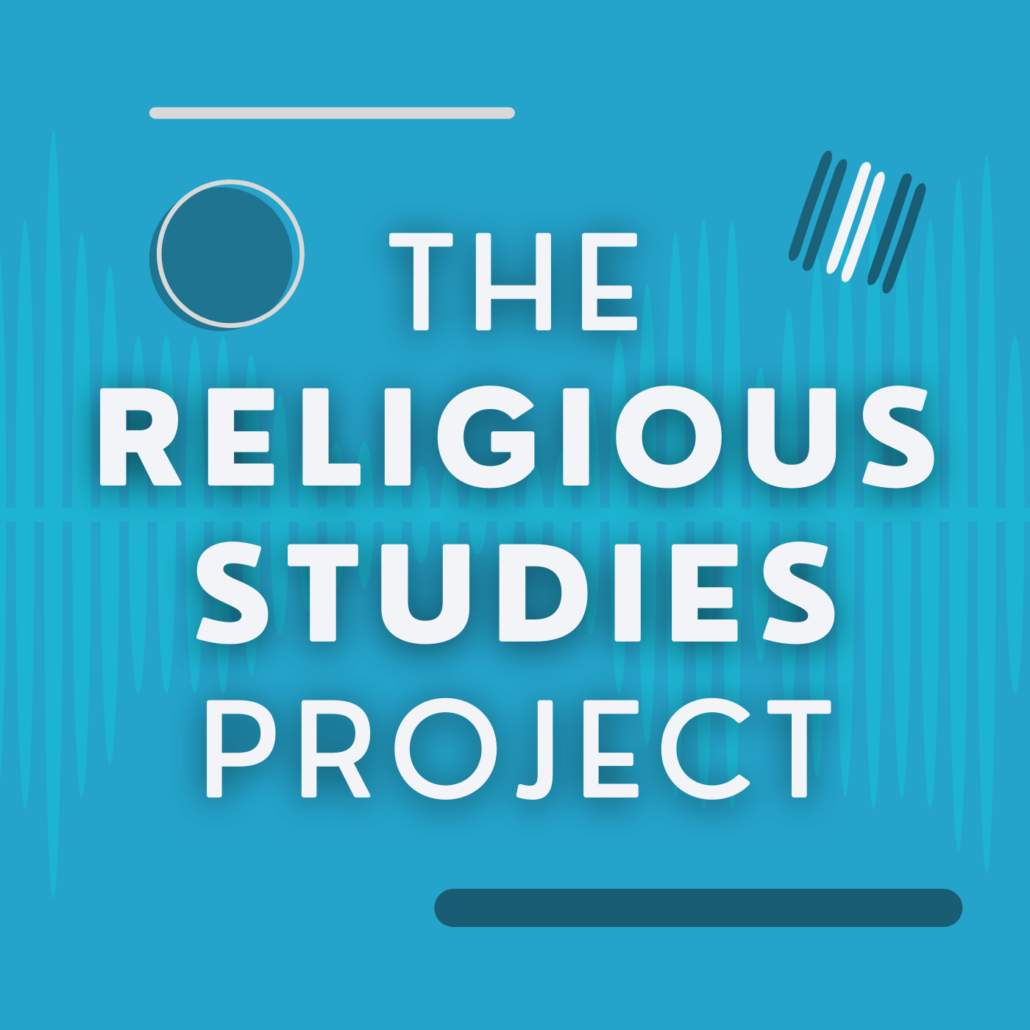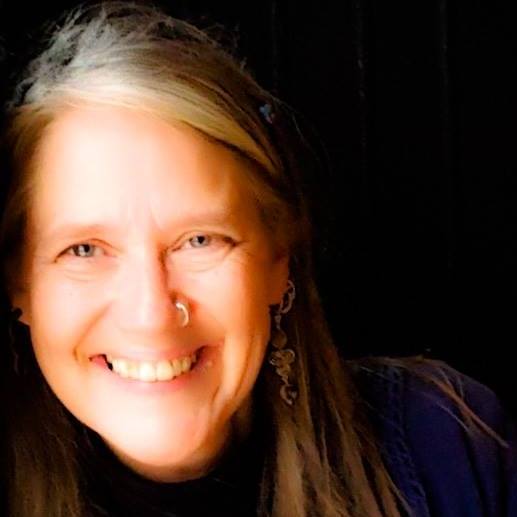In the recent podcast interview, Dr Dorothea Ortmann discusses the theories behind her 2002 book Science of Religion in Peru. Ortmann speaks about using social sciences (such as anthropology and history) to investigate religious phenomena. Distancing herself from theological beliefs, Ortmann speaks about the importance of investigators in this field acknowledging their own religious affiliation (or lack thereof) as an integral component of the scientific study of religious phenomenon, and I couldn’t agree more. Theological research is often replete with the inherent religious bias of the investigator, and readers deserve to know which bias is being included to filter out much of the theological assumptions.
Ortmann goes on to discuss how investigators are using religious phenomena scientifically, citing religion as an object of investigation, and observing only the phenomena itself. She asserts that findings from these multidisciplinary investigations must be scientific and not theological. The main reason being that theology cannot be proved or unproved, but social science investigation can analyse the religious phenomenon unbiasedly, e.g. without the spin of theological beliefs included in the analysis.
As one who has studied contemporary Western religious phenomena from a multidisciplinary approach, I agree wholeheartedly with Ortmann’s assertion that ‘studying religion means studying it across a culture’. She speaks about studying the function of religion and its impact on society, community, and traditions within a culture. This multidisciplinary data can then be observed and proved scientifically which is something that theology cannot do. Theology is based on faith; science is based on observable (and thus predicable) facts. And while the relationship between science and theology has been tenuous at best, the time is long overdue for theology and religious studies scholars to accept that scientific study of religious phenomena and religious beliefs can offer a fruitful and bountiful area for theological discourse and rumination.
Ortmann also discusses how some fields of social science, such as psychology, also play an important role in the assessment of religious phenomena, but not necessarily from an unbiased perspective. She states that ‘observations can be made through psychology or pastoral behaviours from theology, but this investigation will be difficult to innovate.’ As a post-Jungian Depth Thealogian, I agree with Ortmann. While my own research was multidisciplinary including literature, thealogy, Jungian and post-Jungian psychology, phenomenology, sociology, archaeology, anthropology, and religious history, introducing many of these academic disciplines into my thealogical study was not a welcome interpretation in a theology and religious studies centre. I often heard two divergent and contradictory arguments in the department: 1) that I would be better examining religious phenomena and beliefs from an anthropological perspective and 2) that only through theology can one assess religious phenomenon and beliefs. This short-sighted approach by scholars from generations past is stunting rather than encouraging multidisciplinary investigations in theology and religious studies.
Ortmann also applies this scientific approach to study changes in religious affiliation, which in the case of Peru (also observable in the United States), includes the exponential growth of the (Jungian) Pentecostal Church. Assessing this area of behaviour scientifically rather than theologically or thealogically is crucial. Analysing religious affiliation, phenomenon, and experience from a social science approach can reveal far more than a narrow theological or thealogical analysis. Theologians and thealogians appear uninterested in examining religion as an ‘object of interest’ perhaps believing that this perspective denigrates the underlying theological beliefs of the phenomenon being investigated. When, in truth, social science and theology can offer much more when combined into a multidisciplinary approach. Religious behaviours, actions, beliefs, and their impact on society and culture can all be observed and proven (or disproven) through the social sciences. These observations can provide contemporary religious scholars with a plethora of viable data to either prove or disprove religious theories or enquiries.
For example, I conducted a recent study on contemporary Pagan religious experience. I could posit all the theories I could imagine, but without sound data from the social sciences, including census data from both the US and the UK on religious affiliation, PEW data on the shifting Christian identity in the US, and social science surveys of contemporary Pagans, I could not prove that religious identity in the US and UK are changing. The addition of social science data into my doctoral dissertation was certainly a contentious point in my theology and religious studies department. Some colleagues were in favour of my including scientific data to support my theories and claims, while others were quite incensed that I would introduce social science data into a thealogical enquiry. In the end, I was asked to strike all this data from my dissertation. I could not agree with this short-sighted fear of combining viable social science data with thealogy, and refused to remove the workable data completely (now banishing my data to a footnote instead of a chapter proving my theories). The field of theology and religious studies can no longer exist in a vacuum avoiding every other academic discipline based on ungrounded fears. I’ve found that social science data and religious enquiry can form a highly beneficial relationship especially when enquiring about religious affiliation, praxis, and phenomena. The future of theology, thealogy, and religious studies must be multidisciplinary and must include social science data if we are going to move beyond ‘belief’ to real analysis and assessment of contemporary religious phenomenon.



